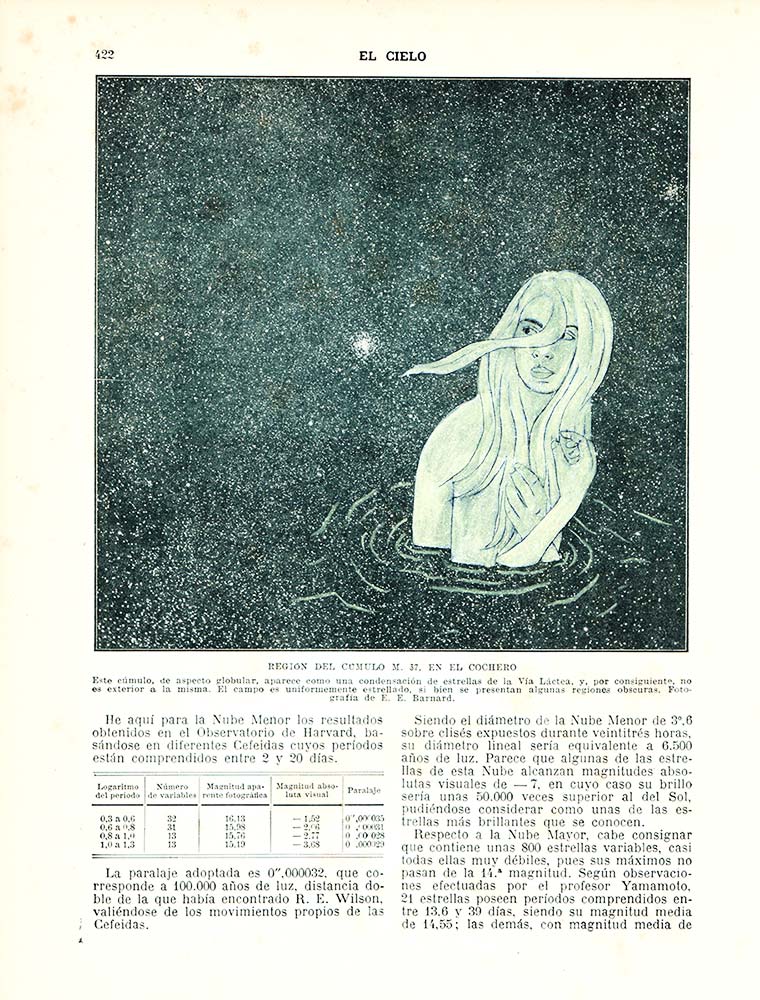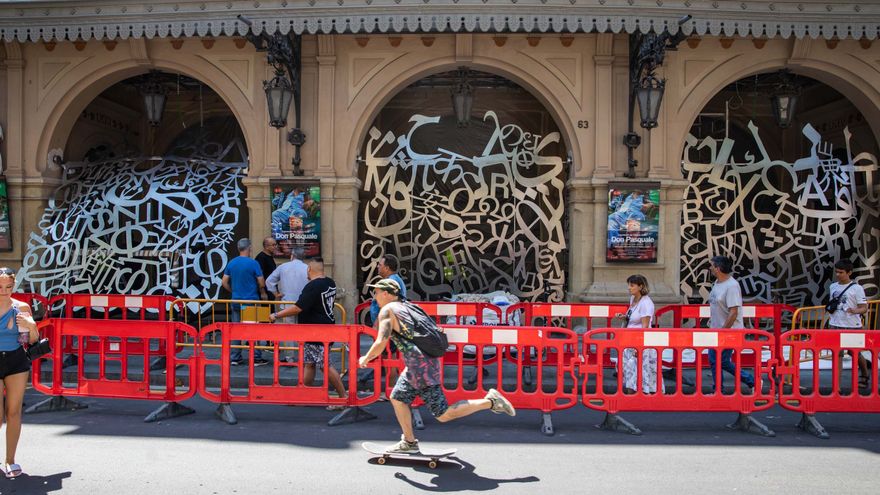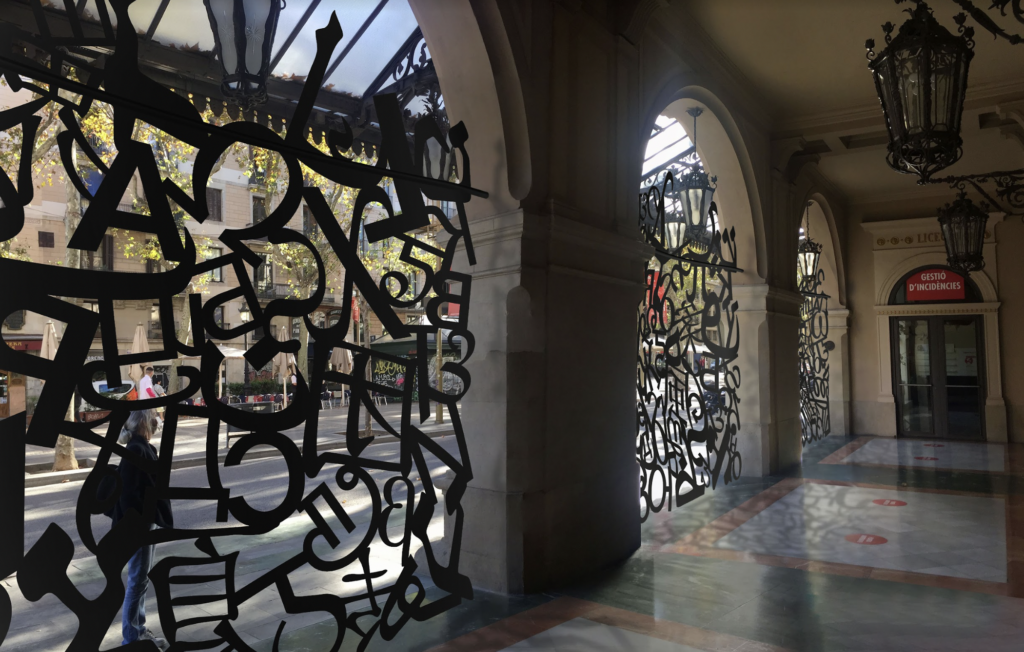- No products in the cart.
A journey through the imaginary of Jaume Plensa in the Macbeth opera
With Jaume Plensa as artistic director, Verdi’s opera Macbeth premieres on February 16 at the Gran Teatre del Liceu in Barcelona.
This was already announced by Richard Wagner when he coined the term “Gesamtkunstwerk”, referring to opera as a total work of art that integrates the six arts: painting, sculpture, music, poetry, dance and architecture.
The Wagnerian ideal seeks a fusion between all the participatory elements of opera, as Jaume Plensa, known for his multifaceted artistic vision, has done. The Catalan artist has taken on the challenge of directing the stage production of the opera Gran Teatre del Liceu in Barcelona.
Verdi’s well-known opera premieres this February 16 under the direction of Josep Pons, with a powerful aesthetic and ritual presence of Jaume Plensa. Inspired by Shakespeare’s Macbeth, the artist confesses that “it is one of the most profound and interesting reflections on duality between body and soul, between abstraction and matter“.
Plensa affirms that “it is one of Shakespeare’s most mental plays, because we have all been Macbeth, Lady Macbeth and other characters in the play at one time or another“, which is addressed “to the deepest sense of the human being“. All in all, for Plensa, Macbeth represents a deeply introspective theatrical work that resonates with the universal human experience. He explains that each character in the play is a representation of diverse aspects of the human being, inviting the viewer to explore his or her own psyche through the operatic narrative.
“I wanted to make a completely mental opera, to see in each scene moments that are like us, we have all been characters in the piece at one time or another“. Through the costumes, with most costumes out of his time, working on the choreography with Antonio Ruiz and lighting with Urs Schönebaum, Jaume Plensa aims to bring the viewer a more spiritual vision of the work, capturing in the best possible way the journey through the imaginary characteristic of the sculptor. His goal is to take the viewer on a spiritual journey through the rich imaginary that characterizes his work as a sculptor.
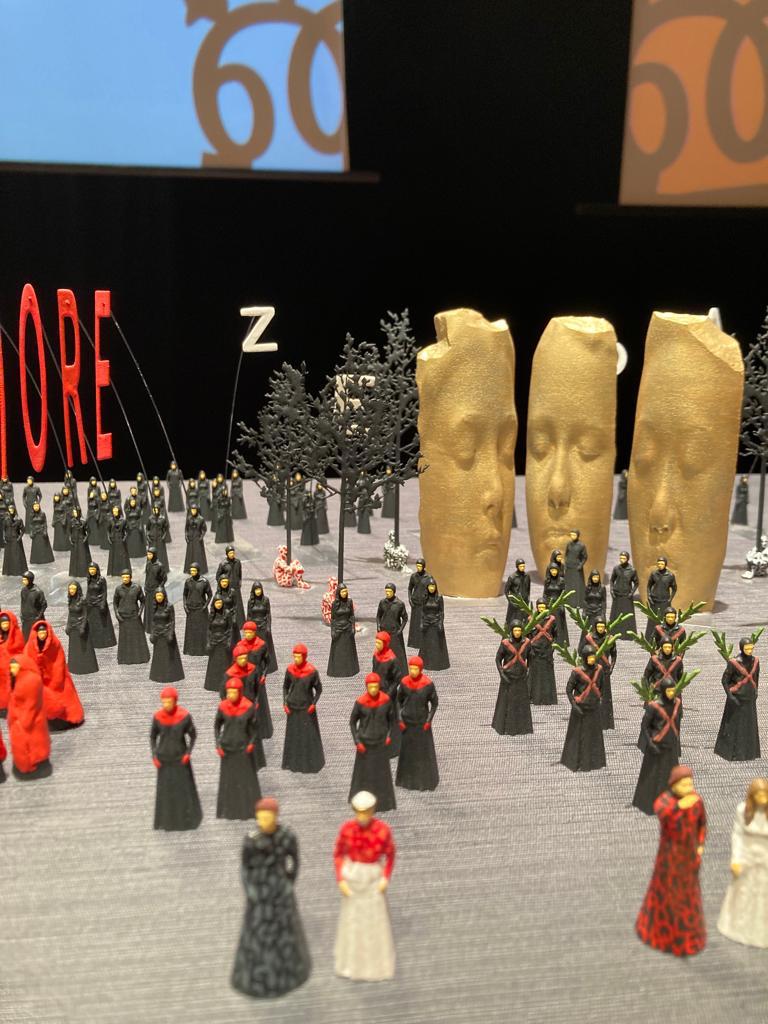
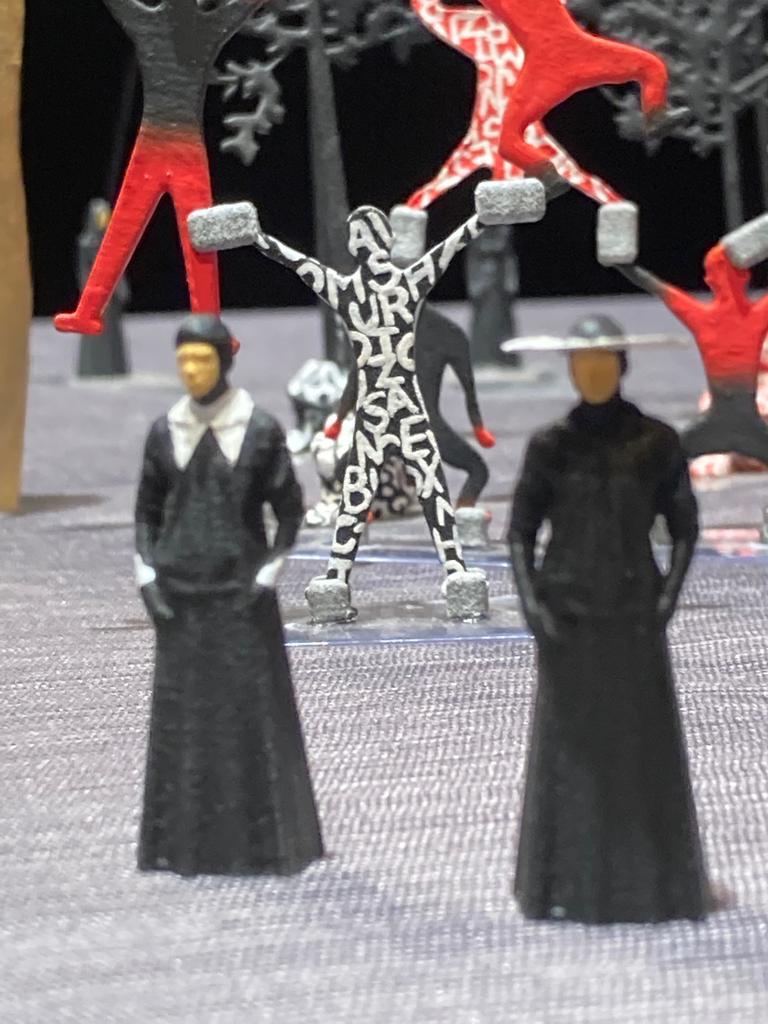
Macbeth art direction mock-up
The opera has an exquisite cast formed by Luca Salsi, Željko Lučić, Erwin Schrott, Simón Orfila, Ekaterina Semenchuk, Alexandrina Pendatchanska, Gemma Coma-Alabert, Francesco Pio Galasso, Celso Albelo, Fabian Lara and David Lagares. With special enthusiasm, we will meet again with Sondra Radvanovsky, soprano who plays Lady Macbeth and of whom we remember her visit to ARCO Madrid 2021 on the occasion of the presentation of the poster of the Castell de Peralada Festival.
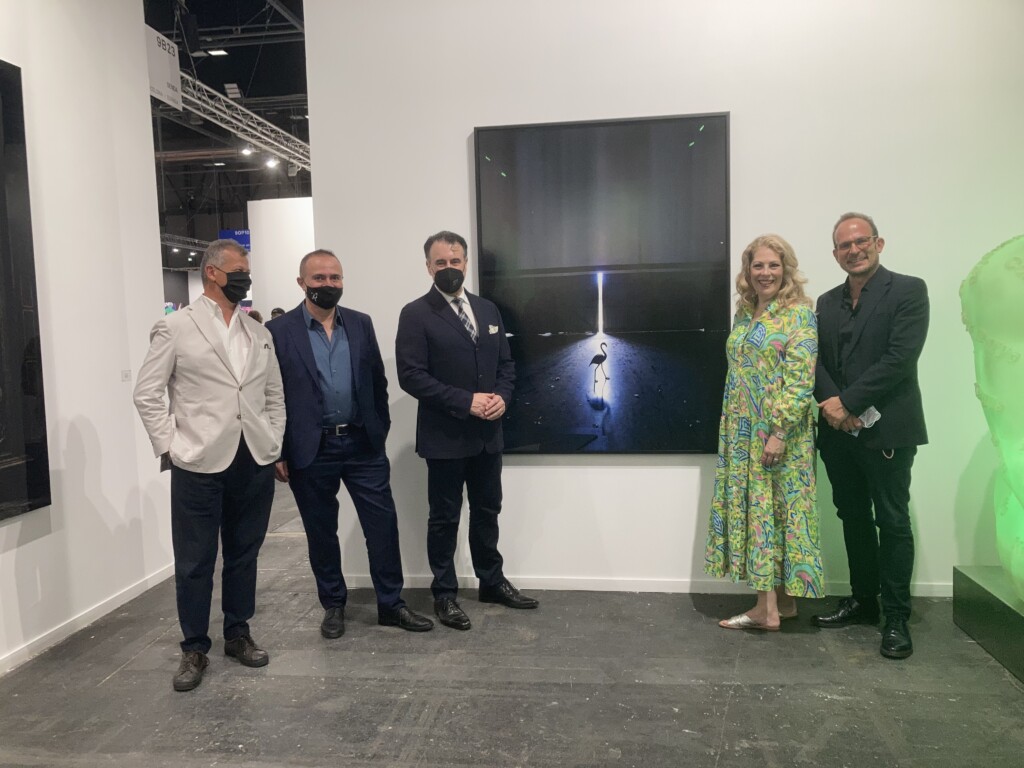
From left to right, Oriol Aguilà, director of the Festival Castell de Peralada; Joan Matabosch, artistic director of the Teatro Real; Carlos Álvarez, baritone; Sondra Radvanovsky, soprano; and artist Jordi Bernadó, posing with one of his works exhibited at ARCO Madrid 2021.
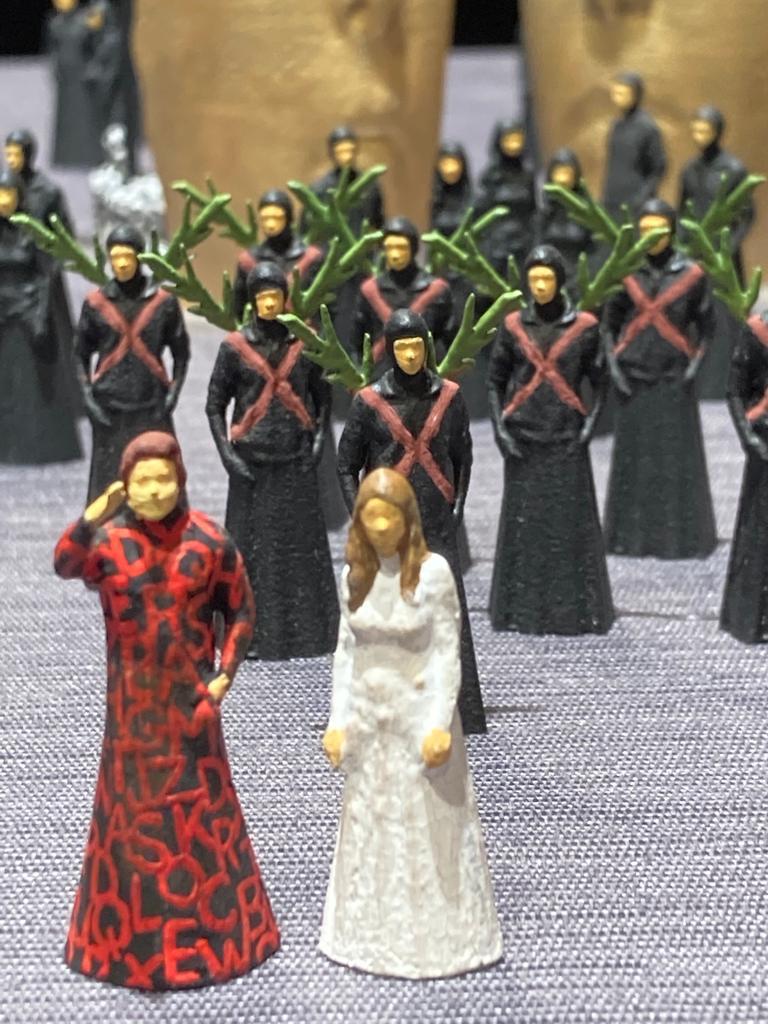
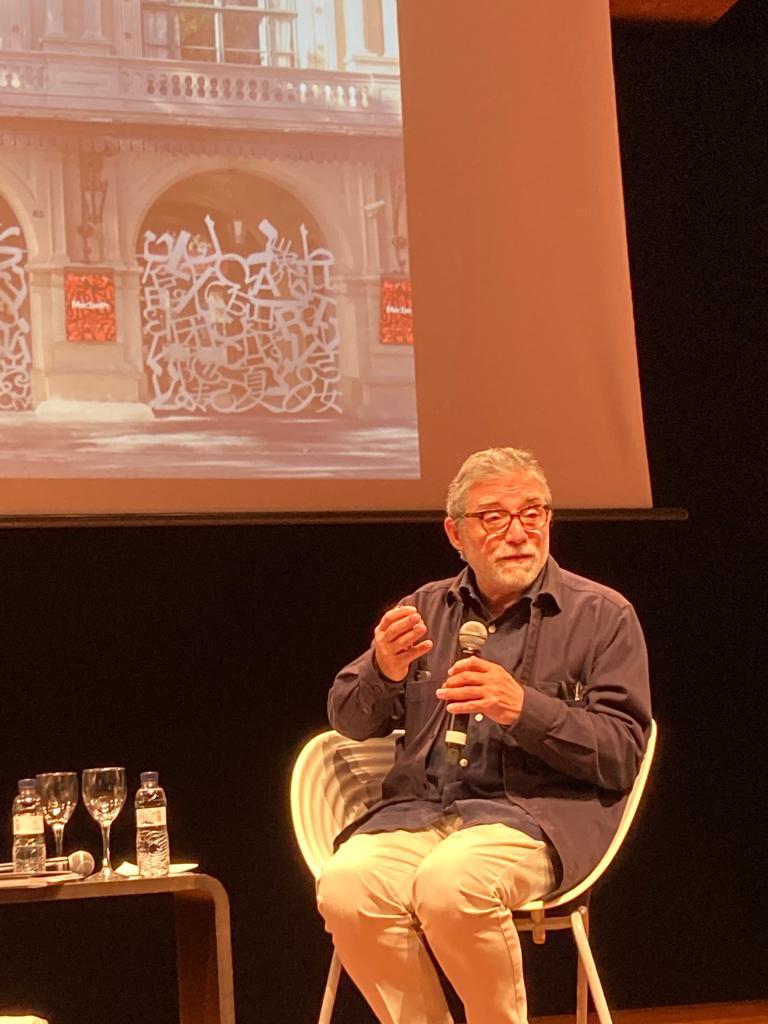
Jaume Plensa selected works:















































































